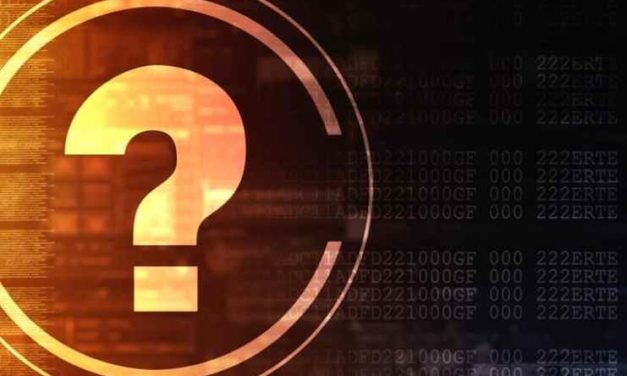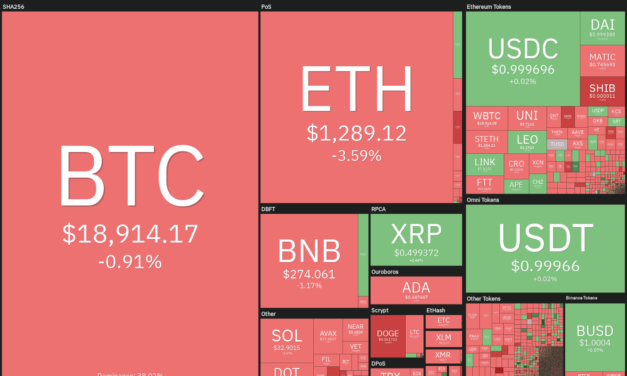Ethereum scaling protocols drive zero-knowledge proof use: Finance Redefined
The top 100 DeFi tokens had a mixed week, with most of the tokens trading in a narrow range before surging on July 13 courtesy of Ripple’s partial win in its court battle with the SEC.
Čítaj viac














